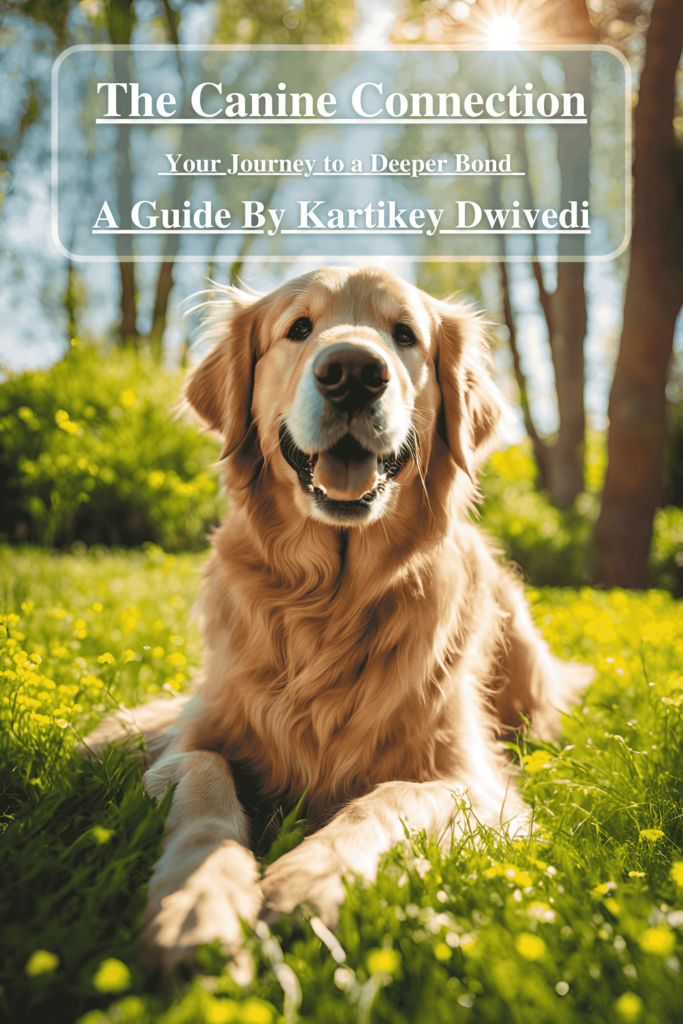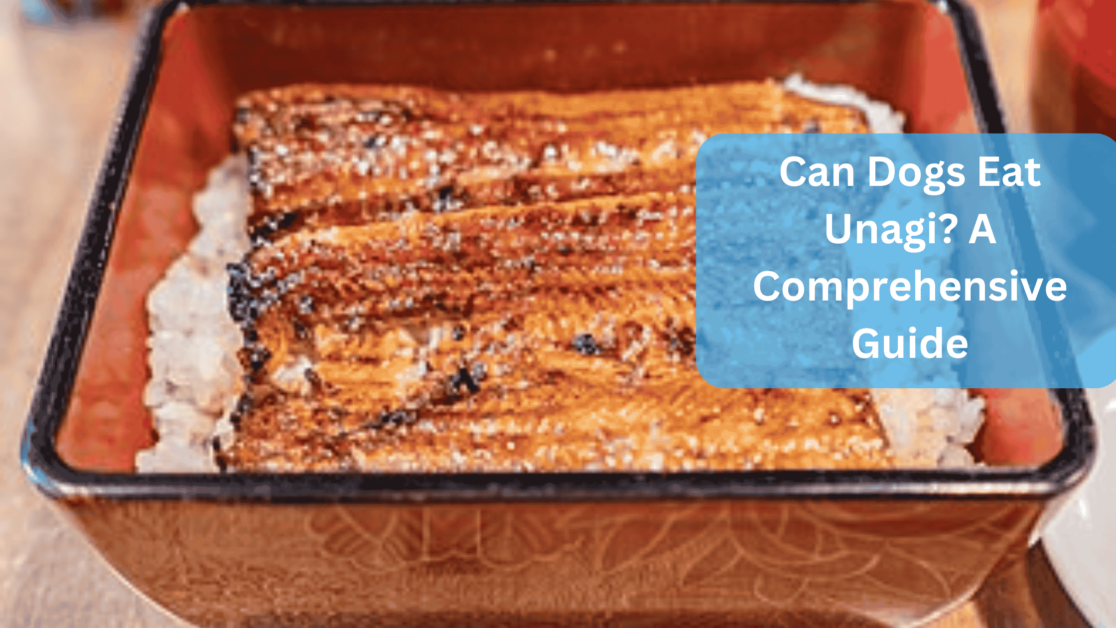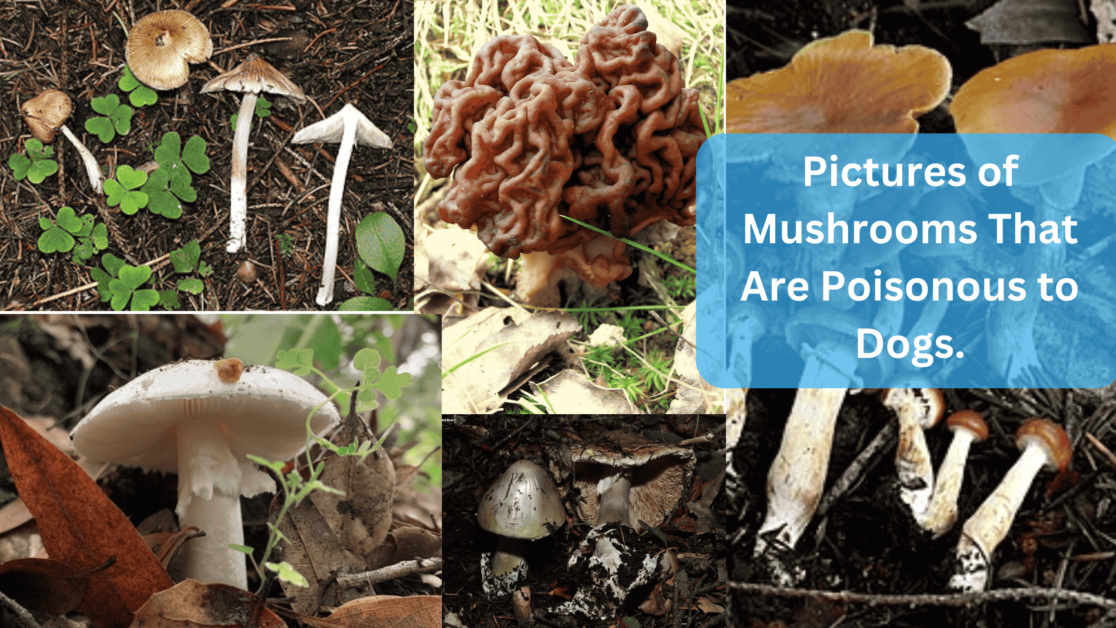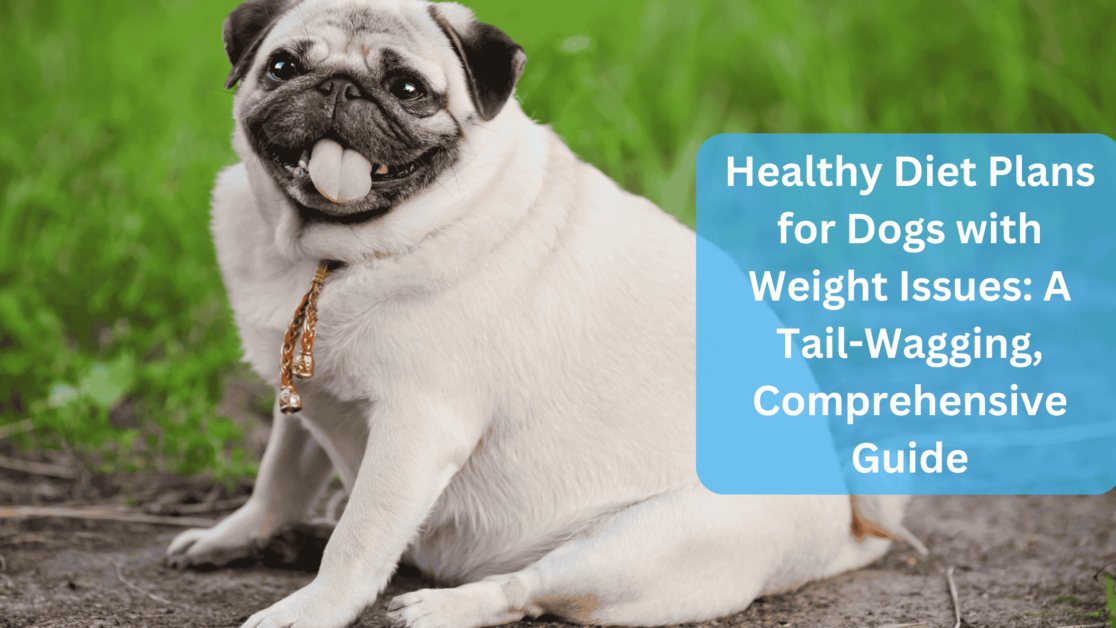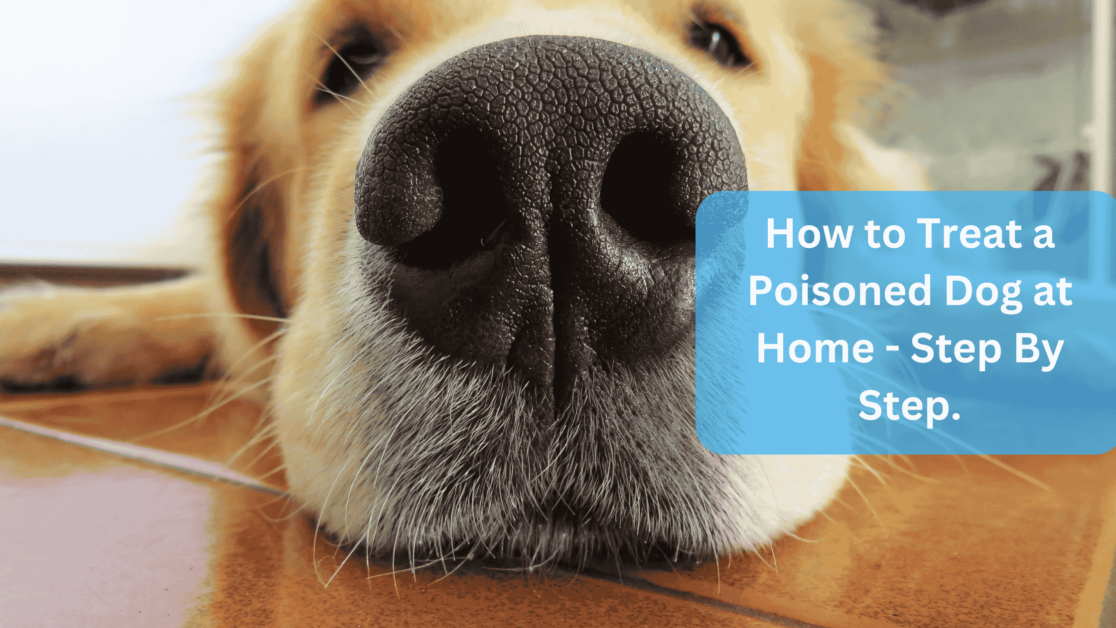Falafel is a tasty Middle Eastern dish that is becoming increasingly popular worldwide. But for dog owners, the question arises: can dogs eat falafel? While it may seem like a harmless treat to share with your furry friend, it’s essential to know that some ingredients commonly found in falafel can be dangerous to dogs. In this article, we will explore the topic in-depth and answer all your questions about whether or not dogs can safely enjoy falafel.
What is Falafel and its Nutritional Value for Dogs?
Falafel is a Middle Eastern dish made from ground chickpeas, herbs, and spices. The mixture is shaped into small balls or patties and deep-fried or baked. Falafel is usually served on pita bread with vegetables, tahini sauce, and hummus.
Regarding the nutritional value of falafel for dogs, it is essential to note that while chickpeas are a good source of protein, fiber, and vitamins, some other ingredients found in falafel can harm dogs.
For example, garlic and onions are commonly used in falafel recipes. Still, they contain compounds that can damage a dog’s red blood cells, leading to anemia. Additionally, falafel is often seasoned with spices like cumin and coriander, which can cause digestive upset in some dogs.
In moderation, chickpeas can be a healthy addition to a dog’s diet, as they provide protein and fiber. Still, it’s essential to be cautious about giving your dog falafel or any food that contains potentially harmful ingredients. As always, it’s best to consult with a veterinarian before introducing new foods into your dog’s diet to ensure they are safe and appropriate for your pet.
Chickpeas in Falafel – Safe or Harmful for Dogs?

Chickpeas are a common ingredient in falafel and can be safe for dogs in moderation. Chickpeas are a good source of protein, fiber, and vitamins, which can help support a dog’s overall health.
However, it’s important to note that while chickpeas are generally safe for dogs to eat, they can cause digestive upset if consumed in large quantities. Dogs may sometimes experience bloating, gas, or diarrhea after eating chickpeas or other legumes.
It’s also important to be mindful of how the chickpeas are prepared. Falafel is often deep-fried or baked, which can add extra fat and calories to the dish. If you’re planning to give your dog chickpeas, serving them plain, cooked, and in small quantities is best.
Additionally, some falafel recipes may contain other ingredients that are harmful to dogs, such as garlic and onions. These ingredients should be avoided as they can cause anemia and other health problems.
Chickpeas can be a healthy addition to a dog’s diet when given in moderation and prepared correctly. However, it’s essential to be aware of potential digestive issues and to avoid any other harmful ingredients that may be present in falafel or other dishes. Always consult a veterinarian before introducing new foods to your dog’s diet.
Can Dogs Eat Falafel Seasonings and Spices?
It depends on the specific seasonings and spices used in the falafel recipe. Some spices commonly used in falafel, such as cumin and coriander, are generally safe for dogs in small quantities. These spices can provide flavor and offer some health benefits, such as aiding digestion.
However, other spices commonly used in falafel, such as garlic and onion powder, can be toxic to dogs and should be avoided. These ingredients contain compounds that can damage a dog’s red blood cells, leading to anemia.
Suppose you need clarification on whether a particular seasoning or spice is safe for your dog to eat. In that case, it’s best to err on the side of caution and avoid it. As always, it’s essential to consult with a veterinarian before introducing new foods or spices to your dog’s diet.
In summary, some falafel seasonings and spices can be safe for dogs in small quantities, while others can be harmful. It’s essential to be aware of the potential risks and to avoid any ingredients that may be toxic to your dog.
Also Read: Can A Pregnant Dog Jump Around? Best Guide Everything You Need To Know
Risks of Giving Falafel to Dogs: Digestive and Allergic Reactions
Several risks are associated with giving falafel to dogs, including digestive and allergic reactions.
Digestive issues: Falafel contains various ingredients that can cause digestive upset in dogs, including spices, herbs, and oils used in the recipe. Additionally, falafel is often deep-fried or baked, making it high in fat and calories. Consuming too much falafel can lead to symptoms such as vomiting, diarrhea, and stomach discomfort.
Allergic reactions: Some dogs may be allergic to ingredients in falafel, such as chickpeas, sesame seeds (often used in tahini sauce), or other components in the falafel recipe. Symptoms of an allergic reaction in dogs may include itching, hives, swelling, difficulty breathing, and even anaphylactic shock.
Toxic ingredients: Falafel may contain harmful ingredients such as garlic and onions, which can damage a dog’s red blood cells, leading to anemia. These ingredients can cause various symptoms in dogs, including lethargy, weakness, pale gums, and loss of appetite.
In summary, giving falafel to dogs can pose several risks, including digestive upset, allergic reactions, and exposure to toxic ingredients. It’s best to avoid feeding falafel to dogs and stick to dog-safe foods recommended by veterinarians. Suppose you suspect your dog has ingested falafel or any other potentially harmful food. In that case, contacting a veterinarian immediately is essential for advice.
Safe Foods for Dogs: Falafel Alternatives to Try
If you’re looking for safe and healthy alternatives to falafel to give your dog, consider several options. Here are a few ideas:
- Plain-cooked chickpeas: Chickpeas are a healthy and protein-packed alternative to falafel. You can serve them plain and cooked, in small quantities, as a treat or mixed into your dog’s regular food.
- Carrots: Carrots are a great low-calorie snack for dogs, providing a good source of vitamins and fiber. You can serve them raw or cooked but cut them into small pieces to prevent choking.
- Green beans: Green beans are another low-calorie option that dogs tend to enjoy. They’re high in fiber and help keep your dog full between meals.
- Sweet potatoes: Sweet potatoes are a good source of vitamins, fiber, and antioxidants, and they’re also low in fat. You can serve them cooked and mashed or cut into small pieces and baked as a healthy alternative to potato chips.
- Cooked chicken or turkey: Cooked chicken or turkey is a lean source of protein that most dogs enjoy. Just be sure to remove any bones and skin before serving.
Always consult a veterinarian before introducing new foods to your dog’s diet to ensure they are safe and appropriate for your pet.
Tips for Sharing Food with Your Dog: Dos and Don’ts

Sharing food with your dog can be a great way to bond with your furry friend and give them a special treat. However, it’s essential to do so safely and healthily. Here are some dos and don’ts to keep in mind when sharing food with your dog:
Dos:
- Choose dog-safe foods: Stick to dog-safe foods that are recommended by veterinarians, and avoid feeding your dog any human foods that are toxic to dogs.
- Offer small amounts: When introducing new foods to your dog’s diet, start with small quantities to see how they react. Too much fresh food can cause digestive upset.
- Monitor your dog: Always supervise your dog while eating, and watch for any signs of discomfort or distress.
- Use food as a reward: Use small pieces of dog-safe food during training sessions or reinforce good behavior.
- Offer variety: Variety is vital to a healthy diet. So, consider rotating different dog-safe foods to keep your dog interested and engaged.
Don’ts:
- Feed your dog table scraps: Feeding your dog table scraps can contribute to weight gain and cause digestive issues. It can also reinforce destructive behaviors, such as begging.
- Give your dog bones: Bones can be a choking hazard and cause digestive issues or intestinal blockages.
- Offer food high in fat, salt, or sugar: These foods can contribute to obesity and other health problems in dogs.
- Share spicy or seasoned food: Spicy or seasoned food can cause digestive upset in dogs, and some spices can even be toxic to dogs.
- Feed your dog chocolate, grapes, raisins, onions, or garlic: These foods are toxic to dogs and can cause serious health problems.
In summary, sharing food with your dog can be a fun and healthy way to bond with your furry friend, as long as you do so safely and responsibly. Always consult a veterinarian before introducing new foods to your dog’s diet. Monitor your dog closely for any signs of discomfort or distress.
Also Read: Can Takis Kill Dogs? What You Need to Know
Conclusion: Is Falafel Safe for Dogs? What You Need to Consider.
In conclusion, while falafel is a popular and delicious food for humans, it is not considered safe for dogs. The risk of digestive upset, allergic reactions, and exposure to toxic ingredients such as garlic and onions make falafel a wrong food choice for dogs.
Instead, dog owners should stick to dog-safe foods recommended by veterinarians, such as cooked chicken or turkey, plain cooked chickpeas, green beans, sweet potatoes, and carrots. Suppose you suspect your dog has ingested falafel or any other potentially harmful food.
In that case, contacting a veterinarian immediately is essential for advice. Always consult a veterinarian before introducing new foods to your dog’s diet to ensure they are safe and appropriate for your pet.


